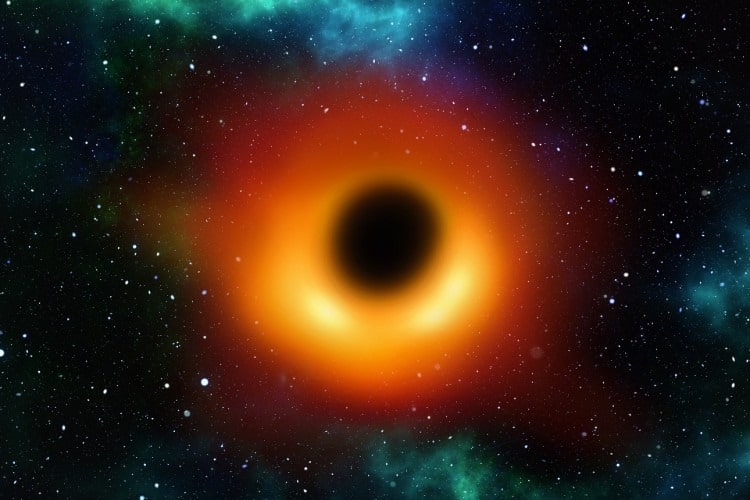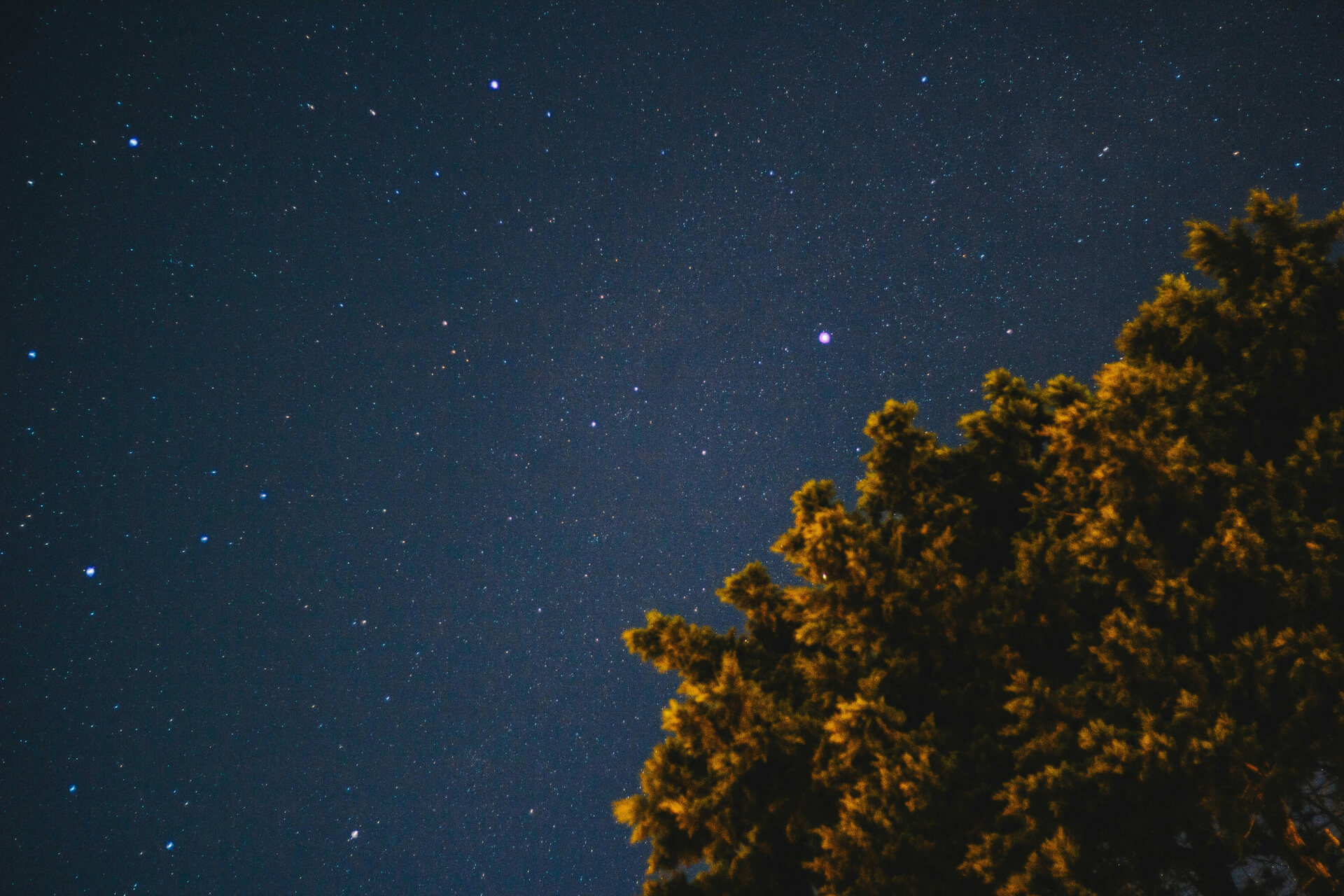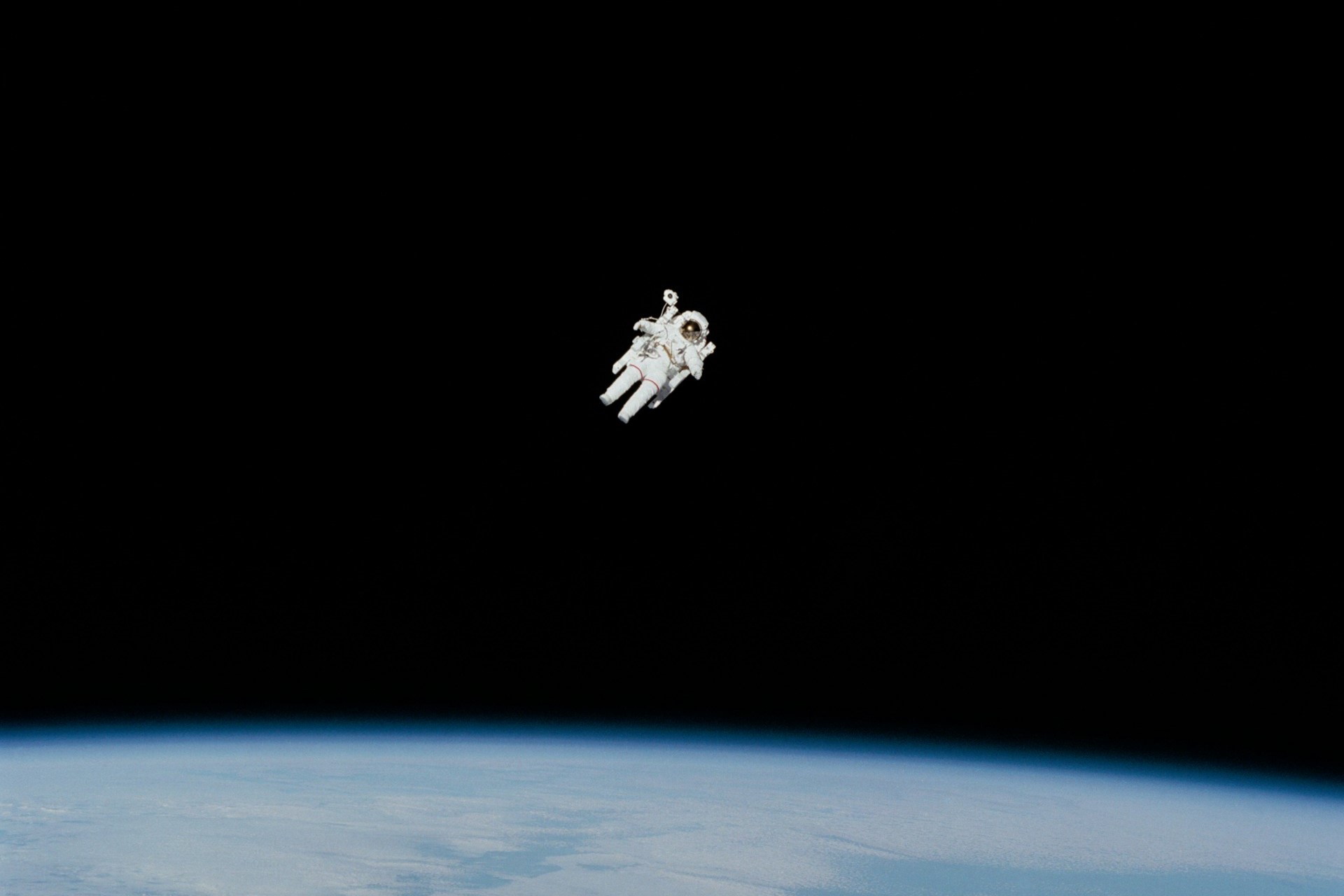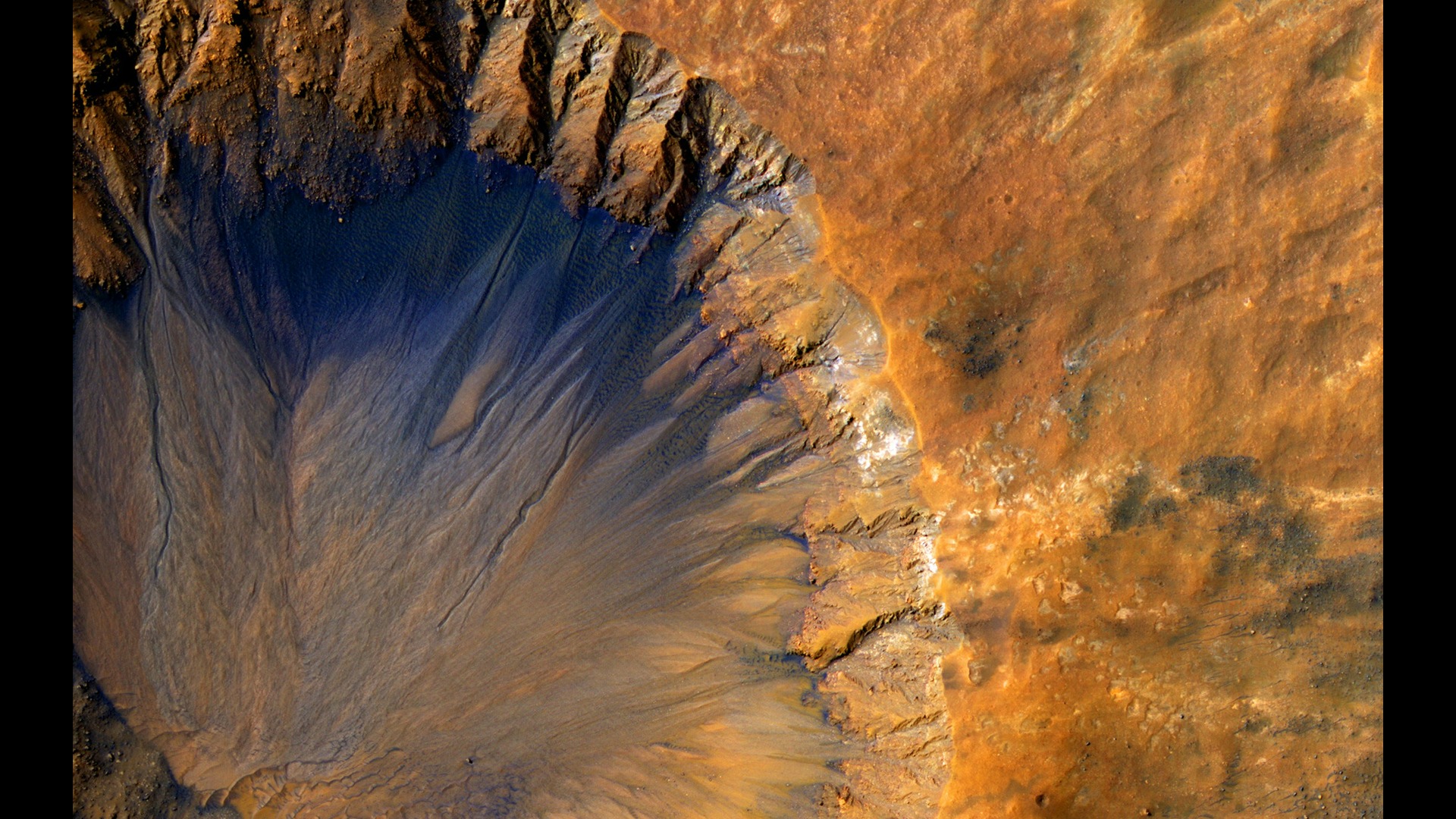
How Did Scientists Capture the First Image of a Black Hole?
May 21, 2019 - Emily Newton
Revolutionized is reader-supported. When you buy through links on our site, we may earn an affiliate commission. Learn more here.
You’ve probably already seen the picture — an orange ring on a black background that represents humanity’s first successful attempt at photographing a black hole. This black hole image is a monumental achievement, since by their very nature they devour everything — including the light waves you’d need to capture a photo here on Earth. How did scientists manage to take a picture of the M87 black hole — now named Powehi, which means embellished dark source of unending creation — and what are they going to do now?
What Are Black Holes?
In essence, black holes are massive gravitation singularities that pull in everything close to them and don’t let anything. Not even light or subatomic particles can escape. Black holes form when a dying star collapses. Sometimes, the star’s core will create a massive explosion called a supernova. Other times, it will continue to collapse in on itself, creating a black hole.
How did scientists manage to get a picture of Powehi?
The Event Horizon Telescope
The Event Horizon Telescope isn’t just a single telescope. It’s a series of eight radio observatories stationed around the globe. Using a technique called very long baseline interferometry, a team of more than 200 scientists linked the eight radio telescopes together, essentially creating a single globe-spanning data collection tool. In 2017, the group spent days collecting more than a petabyte of data. It’s taken them the intervening two years to correlate that information into a visible black hole image they could share with the world.

Capturing the Impossible
The targeted black hole is in the middle of the M87 galaxy, 55 million light years away from home. Why didn’t the astronomers choose a closer target?First, the word “closer” is relative when you’re talking about interstellar distances. M87 is smaller than our own Milky Way galaxy by roughly 40 million light years. In spite of its relatively small size in the image, at its core, it’s easily the most massive black hole we’ve ever seen.
The singularity itself, the black spot in the center of the orange ring, is 6.5 million times larger than our sun. If we were any closer to it, this supermassive black hole could swallow our entire solar system without even a burp. Believe it or not, black holes do burp.
What we see in this monumental image isn’t the black hole itself. As we’ve already mentioned, it’s impossible to capture a photo of a black hole because it absorbs everything, even photons. The orange ring in the photo is the accretion disk. The black hole causes this spinning disk of energy and matter to surround the singularity before disappearing into this gravitational hole in the universe.
It’s not possible to take a picture — at least a traditional one — of a black hole with current technology. Photography relies on capturing photons. Since these subatomic particles can’t escape the gravitational well of a black hole, this may be a close as we get for the time being.
Looking Closer to Home — Galactically Speaking
Now that scientists have captured a picture of M87’s supermassive black hole, what’s next on the agenda? They’re setting their sights on something a little closer to home — namely, the supermassive at the core of our home galaxy.
Dubbed Sagittarius A*, our local supermassive black hole is considered dormant — meaning it doesn’t actively consume nearby stars and gases, making it harder to see than M87’s black hole because it doesn’t have a visible accretion disk. That’s not going to stop them from trying, though.
Instead of having to sort through 55 million light years worth of radio data, Sagittarius A* is only 25,640 light years from Earth. You don’t have to worry about our world being swallowed up, though — at least not for many billions of years. It’s possible that Sagitarrius A* will eventually consume the Milky Way Galaxy. However, we’re so far away from the core of the galaxy that it’s not something we need to worry about for a very long time.
The Future of Astronomy
What does this black hole image mean for the future of astronomy? This photo and the unprecedented level of international cooperation that spawned it are the culmination of more than a century of speculation about these mysterious giants. The most surprising thing about this image is how closely it resembles the simulations we’ve been studying for decades.
Einstein’s theory of relativity predicted we wouldn’t be able to see the event horizon of the singularity, but instead, we’d see a ring of light surrounding one of the darkest spots in known space. Oddly enough, Einstein didn’t even believe in black holes, but the German genius was right nonetheless.
We’re looking at a new age of astronomy, and we can’t wait to see whether the Event Horizon team gets a picture of Sagittarius A*.
Revolutionized is reader-supported. When you buy through links on our site, we may earn an affiliate commission. Learn more here.
Author
Emily Newton
Emily Newton is a technology and industrial journalist and the Editor in Chief of Revolutionized. She manages the sites publishing schedule, SEO optimization and content strategy. Emily enjoys writing and researching articles about how technology is changing every industry. When she isn't working, Emily enjoys playing video games or curling up with a good book.







